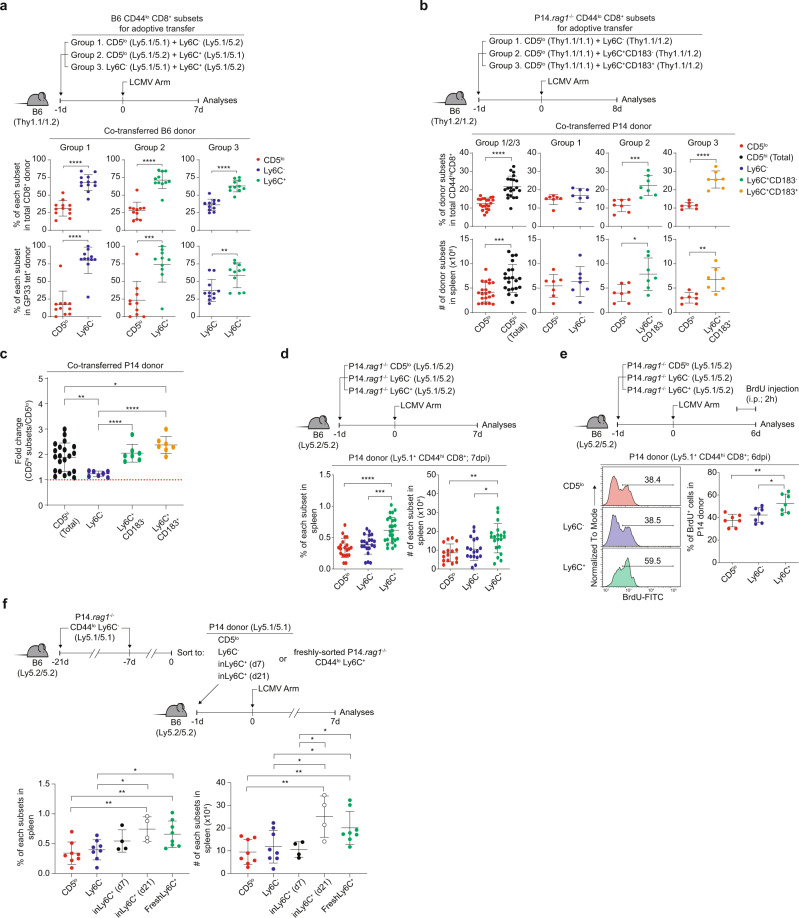Fig. 5. Ly6C+ cells exhibit greater expansion capacity upon LCMV infection.
a Proportion of each donor subsets within CD44hi CD8+ (upper) or CD44hi CD8+ GP33- tetramer+ B6 donor cells (lower) (n = 12 mice for Group1, n = 11 mice for Group2 and Group3). b Percentage and donor recovery of co-transferred P14 subsets (n = 21 mice for Group 1/2/3, n = 7 mice for Group1, Group2, and Group3). c Donor recovery of P14 CD5hi subsets relative to P14 CD5lo cells (n = 21 mice for CD5hi (Total), n = 7 mice for Ly6C−, Ly6C+ CD183−, and Ly6C+ CD183+). d Percentage and donor recovery of individually transferred P14 subsets (n = 20 mice for CD5lo, n = 21 mice for Ly6C−, n = 25 mice for Ly6C+). e Percentage of P14 CD44hiCD8+BrdU+ donor cells (n = 7 mice for each group). f Percentage and donor recovery of P14 subsets previously parked in B6 hosts (n = 8 mice for CD5lo, n = 8 mice for Ly6C−, n = 4 mice for inLy6C+ (d7) and inLy6C+ (d21), n = 8 mice for FreshLy6C+). Statistical significance was confirmed by two-tailed unpaired Student’s t-test. Results are shown as mean ± SD. Data representative of 2–3 independent experiments. Source data are provided as a Source data file.

